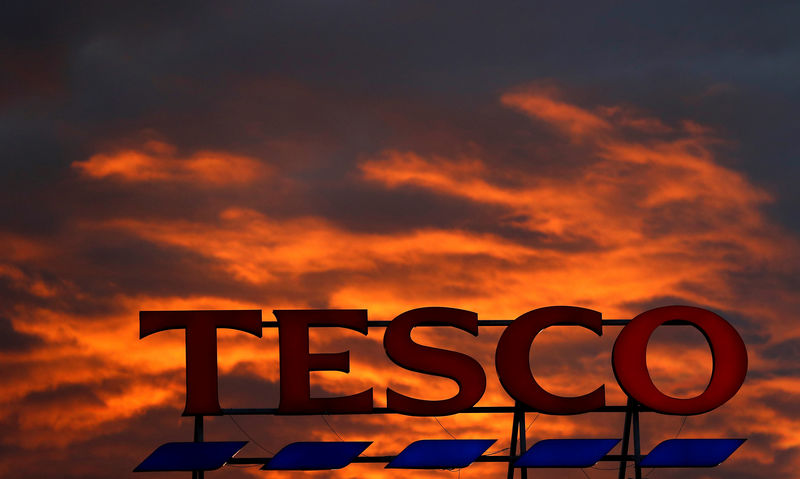This post was originally published on this site
https://i-invdn-com.investing.com/news/LYNXNPEE920TW_M.jpg
Investing.com — Two of the U.K.’s biggest retail names both posted solid sales growth over the key Christmas trading period, in a further indication that U.K. consumers chose to grit their teeth and keep spending where possible despite the ongoing cost-of-living crisis.
Both companies said food sales over the period were up by more than 10%, comfortably keeping pace with inflation although, as with rival Sainsbury’s (LON:SBRY) which reported on Wednesday, non-food sales grew by significantly less.
Tesco (LON:TSCO) repeated its forecast of a full-year adjusted operating profit between £2.4 billion and £2.5 billion (£1=$1.2149) for its core supermarket business, after a nine-week period around Christmas in which group revenue grew 7.9%, helped by a 13% rise in food and drink sales. Weaker trends in non-food sales meant that overall like-for-like revenue fell marginally short of analysts’ expectations, however.
Tesco chief executive Ken Murphy said the U.K.’s largest supermarket chain had started 2023 with “good momentum” and talked up the prospects of at least defending its market share this year “despite the challenging conditions ahead.” Its share of the U.K. remained unchanged at 27.5% over the Christmas period.
Marks and Spencer (LON:MKS) meanwhile said like-for-like sales in the key U.K. market rose 7.2% from a year earlier, while overall sales rose 9.9%. Its numbers suggested further evidence of a recovery in its traditional home and clothing business, helped by investment in its online presence. Home and clothing sales were up 8.6% from a year ago, giving the company its highest market share in seven years in that segment, the company said, citing figures from Kantar Worldpanel. The company noted particularly strong growth of 20% in ‘click & collect’ orders.
M&S also said that it expects its full-year results will be in line with existing guidance when it reports, despite “clear macro-economic headwinds ahead and underlying cost pressures.”

